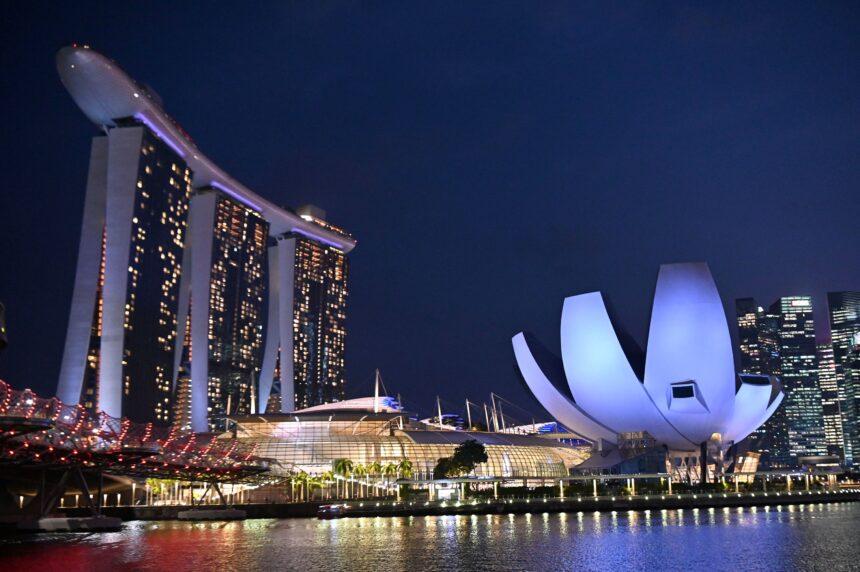image source: edition.cnn.com
A Quick History Lesson
Singapore was originally a British colony, serving as a major trading port in Southeast Asia. In February 15th, 1942, the Japanese seized control of Singapore from the British. The Japanese occupation was devastating to Singapore; the loss of infrastructure and the shattered economy left its citizens in a famine.
By September 2nd, 1945, the draconian rule of the Japanese ended with their surrender and the British resumed control of war torn Singapore. Singapore was fortunate to not have been targeted by many bombings and therefore, most of its buildings were only damaged through lack of maintenance.
The Singapore economy was revived when trade resumed and was able to grow its GDP to 2149.6 Million in 1960.
However, despite their economic success, only 9% of Singaporeans in 1960 lived in government flats. The majority of citizens lived in unhygienic slums and squatters.
To solve this, Singapore established the Housing and Development Board (HDB) to replace the inefficient Singapore Improvement Trust (SIT). The objective was simple. The nation would have one government branch dedicated to the project management of housing the nation’s citizens and would correspond with other core governing branches.
In the span of 5 years, HDB was able to efficiently build over 54,000 flats.
In 10 years, they resolved their housing crisis.
To date, Singapore stands as an international example in housing with approximately 90% citizen home ownership
A Small Red Dot
To best understand Singapore’s success, we must first understand the nation’s constraints. In 1960, Singapore had a population of approximately 1.646 million people. Geographically, Singapore occupies about 637.5 sq Kilometres (roughly 237 sq miles). To put this into perspective, Singapore occupies less space than New York City (302.6 sq miles).
This shortage of land space was mitigated by building upwards. With residential buildings typically standing at 30 stories and reaching up to 50 stories, HDB was able to provide hundreds of units within a single block. Ground floors are used for community areas, small retailers, food courts (commonly referred to as Hawker centers), meat markets, and produce markets.
To maximise longevity, the buildings are built with a concrete frame capable of withstanding earthquake reverberations.
Integration with other services
While the vision of HDB played a major role in housing, the integration with other Singaporean development boards played a huge role as well.
Water supply and drainage, managed by the Public Utilities Board (PUB), ensures clean water is supplied to the residential units and monsoon rains do not lead to any flooding.
Tiered subsidies for Singaporean citizens were provided dependent on income levels. Furthermore, HDB flats are often funded at market rates and then sold to citizens at a deficit.
Buying power is further enabled for a citizen through a national mandatory pension scheme known as the Central Provident Fund (CPF). Through a citizens CPF, they can use a portion of the fund to serve as a down payment for a HDB flat without critically affecting their retirement fund.
The last board I will mention would be the Land Transport Authority. Through an intricate network of buses and mass railway transit trains (MRT trains), Singapore has greatly reduced the need for personal vehicles. Less vehicles meant less parking garages. Therefore, more land for residential and commercial use.
Conclusion
In the short span of 60 years, Singapore has become leading example for housing policy across the world including but not limited to Hawaii and the United Kingdom. Much of their success derives from government foresight, the trauma of war, and the collaboration with other government divisions. Singapore provides a unique story in mitigating housing for its citizens.
Without diving too much into the debates of privatisation vs government or capitalism vs socialism, I want to stress one key element of Singapore’s success that may be overlooked otherwise.
Of the many systems of exchange, an absence of focus is where we find the Western world at its weakest. Singapore knew that in order to be a respected nation in a modern society, a clear vision for the future was needed. There was no room for conflicting interests. Singapore’s success is founded on the integration of its governing boards into one core system of exchange. The atrocities of war had scarred its founding members, motivating Singapore to adopt an ambitious growth plan with its citizens welfare at the core.
Additional resources
Hwa, C. (1979). Economic Change in Singapore, 1945-1977. Southeast Asian Journal of Social Science, 7(1/2), 81-113. Retrieved April 19, 2020, from www.jstor.org/stable/24490038
Yuen, Belinda. Squatters no more: Singapore social housing, Global Urban Development Vol. 3, Issue 1 November 2007
Source: andrewfolkler



